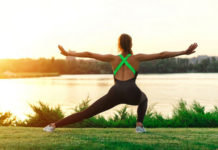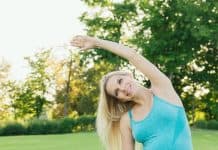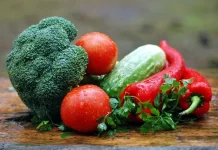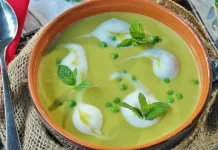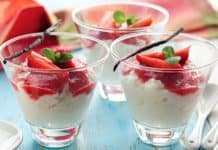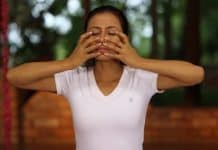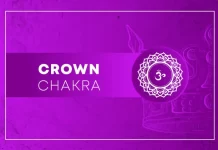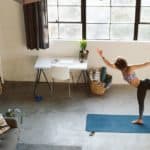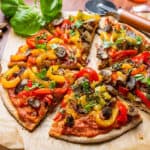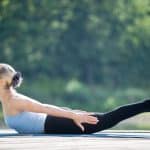Guide to Breathing Techniques. What are pranayamas, what are their types, and under what conditions should they be practiced? Pranayamas are breathing exercises that help control prana, the life force.
Having mastered the art of pranayama, you can improve your health by just breathing. Of course, the breath must be very special. If you have only recently practiced yoga, then it is useful for you to perform simple calm breathing for the first few months. Simple Pranayama 1: Sit in a comfortable position. Keep your head, neck, and torso straight. Pinch the right nostril with the thumb of your right hand
“Pranayama” consists of two parts – “prana” – life force, breath, and “Ayama” – duration, expansion, maintenance, and control. From yoga, pranayama is a person’s ability to control prana. Prana is the all-encompassing life force that takes care of everything in the universe. The human body works thanks to this nourishing force (prana vayu), which comes in different ways: through inhaled air, through food, through the eyes, right through simple bodies.
What is Yoga pranayama?
In the primary meaning, translated from Sanskrit, pranayama means “extension of the sphere of prana” (lengthening, slowing down the breath), and can also mean “extension of life” “Prana” is translated from Sanskrit as “life force or breath” and “Ayama” – expansion or extension. Prana in the Vedic tradition is the vital energy, the source of which is the world around a person as a whole. Thus, pranayama means a certain control over the energy that, according to the Eastern worldview, gives life.
Prana is contained in everything that surrounds us, it permeates the very fabric of the World. It enters the body with the breath. Thus, pranayama is a breathing yoga that is designed to properly distribute the energy of life through the chakras in the human body with the help of proper breathing.
Types of pranayama
- Ujjayi Pranayama (Victorious Breath): – In this pranayama, the lungs fully expand. The upper chest is raised.Procedure: – Be in siddhasana or padmasana. Straighten your mouth and gradually draw air from both nostrils. Stop your expansion at some point without worrying. Later, using the left nostril, stop breathing.Benefits: – Increases the intensity of food processing. It is a slime destroyer. Eliminates heart attacks. Increased focus and memory power. Patients with insomnia (anxiety), tension, and rage (frenzy) make a profit.

Bhramari Pranayama (breath of a buzzing bee): – The meaning of the word Miramar is the murmur of a honey bee making a sound. This pranayama is called bhramari pranayama on the basis that when checked again (exhaling), the sound generated resembles the sound made by the murmur of a honey bee.
Procedure: – Be in Sukh Asan. Inhale with both nostrils. Cover both earholes with the index fingers of both hands. Hold your breath for a moment. Now, while making a sound similar to the murmur of a honeybee, slowly recheck (exhale). Follow the five schemes of this pranayama. You can chant the Pranav mantra om, creating a sound.
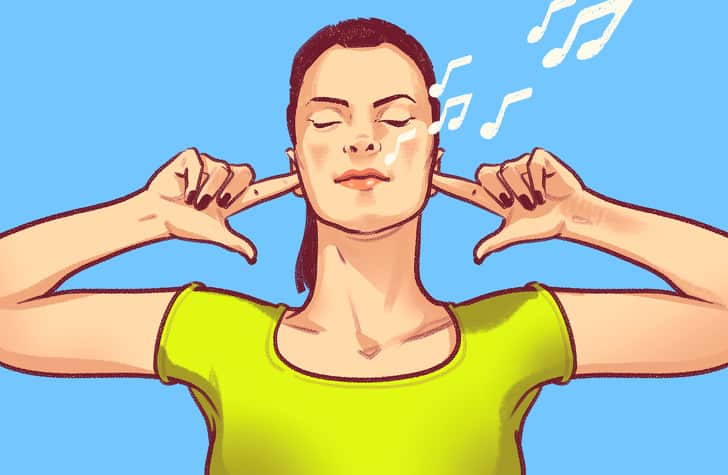
Benefits: – Voice becomes sweet and sound becomes soft. Insomnia disease is cured. Mental problems like irritation, anger, and tension are reduced. Help in reducing high blood pressure.
- Murcha Pranayama(Swooning Breath or Fainting):-Procedure: – Be situated in padmasana or siddhasana to look after solidness. The spot you’re both the hands-on knees. Close your eyes pushing your head back breathe in from both the nostrils. Discharge nervousness and putting your head down perform recheck (breathe out). Regardless of whether your eyes are shut attempt to see. Be mindful of your body and brain. Do reiteration of this activity multiple times. Advantages: – Anxiety is decreased. Cerebral pain-related issues are assuaged. Help in kundalini and dhyana. Increments mental capacity and diminishes mental issues.
Benefits: – Anxiety is reduced. Headache-related problems are relieved. Help in kundalini and dhyana. Increases mental ability and reduces mental problems.
- Platini Pranayama(Floating Breath): – Plavan means to float. The perfect practitioner of this pranayama can easily float in water.
Process: – Be seated in sukhasana and inhale from both the nostrils. Fill the stomach with the air as it looks like a balloon. Hold the breath for the time you can and then slowly exhale the air from the nostrils. In this way one cycle is complete. According to your ability, you can repeat it.
Benefits: – By the practice of this pranayama you can easily swim on water. Cures the disorders of the digestive system and removes constipation.

- Bhastrika Pranayama (roar’s breath):- Bhasrika implies cry. In this pranayama, the procedure of breathing in and breathing out is exceptionally quick. A sound is created during breathing in and breathing out of the air which is contrasted with a howl of a metal forger.
First procedure: – Be situated in any asana of sukhasana. Close the correct nostril and with left nostril with speed perform breathe in and breathe out. Do this multiple times. Presently rehash a similar procedure by a right nostril. In this training breathe in and breathe out must be in one beat. The extension and constriction of the stomach district must be inappropriate way and adjusted. This is one cycle. You need to finish 3 patterns of it.
The second process: – Be seated in sukhasana. In this pranayama, by using your both nostrils with deep and full power inhale and exhale. Do this 20 times. Later on, hold your breath for some time. This is one cycle. Do it for 3 cycles of it.
- Second procedure: – Be situated in sukhasana. In this pranayama, by utilizing both the nostrils with profound and full force breathe in and breathe out. Do this multiple times. Later on, hold your breath for quite a while. This is one cycle. Do it multiple times.
Significant: – Speed of breath must be as per your wellbeing. Think positive while breathing in and think as though you discharging every one of your issues with the breathing out procedure. Circulatory strain and heart patients must do under the vision of an ideal mentor. Unwind after consummation of one cycle. The individual having feeble lungs ought not to play out this pranayama. Do it with full caution.
- Omkar jaap/ Udgeet Pranayama:-
Process: – Be seated in any asana of Dhyan with closed eyes. With a deep breath pronounce “Om” with a sound. Do it 5 to 11 times.
Benefits: – It cures mental problems. Provide peace and stability to the mind. Happiness is felt. Sleeplessness is cured.
- Kapala-Bhati Pranayama: – Meaning- Kapaal-that is formed by two words Kapaal that means skull and Bhati means sparkle or light. The pranayama which states the splendor of your fore-head is called kapala-bhakti.
Process: – This pranayama is the same as Bhasrika pranayama. In this the speed of inhaling is slow and exhaling is fast. Inhaling must be done normally and concentrating fully on exhaling means exhaling with power. Inhale normally and exhale rapidly. Close your eyes concentrate on the Aagya chakra and experience freshness and strength. Repeat it for 5 five times.
Important: – Patients with high blood pressure and low blood pressure must not do this pranayama.
Benefits: – This pranayama brings freshness, peace, and happiness. Destruct diabetes and constipation. Reduce fatness and balanced body weight. Mental problems are benefited. Cure many chronic diseases. It is beneficial in Cancer also.
- Sheetali Pranayama:- (cooling breath) By this pranayama we can reduce the temperature of the body. That is why it is called sheet pranayama
Process: – Be seated in padmasana or siddhasana. Place both the hands-on knees. Your head, neck, and spine must be in the same line. Bring your tongue outside fold it in such a way that it appears like a tube. Inhale in this position. Slowly inhale and fill your lungs. Hold the breath bring back your tongue inside and close your mouth. Bow down your head and perform Jalandhar Bandh. Hold your breath for 5 to 7 seconds. Then exhale. One cycle is completed and now repeat it for 5 to 10 minutes.
Benefits: – This pranayama gives happiness to the body and reduces acidity. Make liver active. Improve the digestion power. Removes thirst. Reduce high blood pressure. Purify the blood.
- Sheetkari Pranayama:- This pranayama is the same as sheet pranayama only difference is in tongue position
Process:- Fold the front portion of the tongue in a way that it touches the roof of the mouth. Touch both the lower and upper teeth with each other and spread the lips. Producing a sound sh..sh inhale and fill the lungs. Do Jalandhar bandh close your mouth and slowly exhale from the nose. One cycle is completed. Repeat it 8 to 10 times.
Benefits: – Keeps the body cool in the summer season. The benefits you gain in sheet pranayama are the same here. There is a benefit in throat, mouth, and nose diseases. People suffering from acidity problems must do this pranayama they are definitely benefited. Retain the high blood pressure to a normal state.
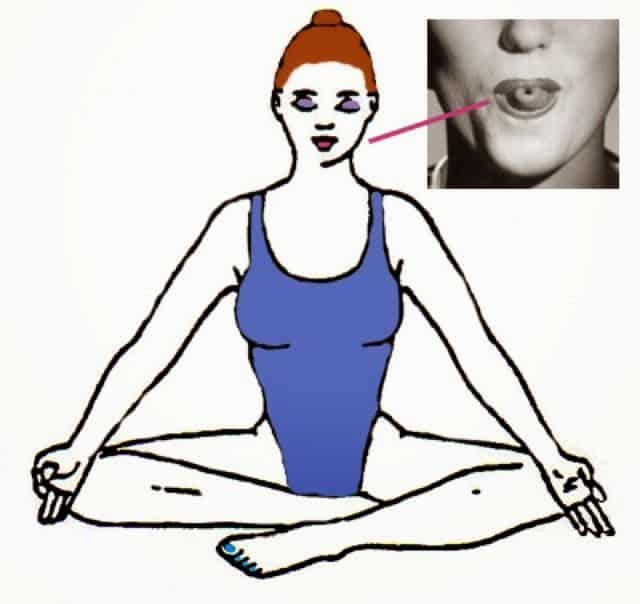
- Surya Bhan Pranayama:- The importance of Surya began pranayama is that the inhalation is always done by the right nostril and exhalation by the left nostril. In the inhale process the vital energy is provided by a single Nadi and in the exhale process the vital energy is provided by Idea Nadi.
Process: – Be seated in sukhasana. Close your left nostril and inhale deeply from the right nostril. Close the nostrils and hold your breath performing Jalandhar bandh and mool bandh. Slow down the bandh and by left nostril exhale slowly. One cycle is completed. Repeat 10 cycles of it.
Benefits: – Strengthen the digestive system. The heat in the body is increased. Destroy the gas and phlegm. Skin problems are cured. The person affected by low blood pressure is benefited. The sinus is clean and cured. Regular practice helps in low blood pressure.
- Chandra Bhan Pranayama: – Each action of this pranayama is just opposite to Surya began pranayama.
Process: – Be seated in sukhasana. Inhale through the left nostril. Inhalation must be done slowly, carefully, and deeply. Close both the nostrils and hold your breath with Jalandhar and mool bandhs. Hold as much as possible. Slow down the bandhas and exhale through the right nostril. One cycle is completed. Repeat it 10 times. Try to increase the position of Kumbha (holding breath).
Important: – Never perform Surya burden and Chandra began pranayama on the same day.
Benefits: – Provide coolness and happiness to the body. Reduce acidity. Help in summer. Give peace to mind reducing anger. Tension and stress are reduced. Memory power is increased. Regular practice is beneficial for a person having high blood pressure.
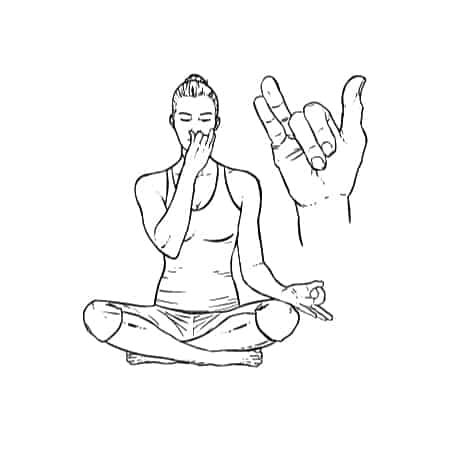
- Kewali Kumbhak Pranayama:
Cycle: – According to khat yoga, Sit in an insignia asana. Without breathing in and breathing out, a fixed exhalation is called pranayama Kevali kumbhaka. Halting the inward breath and exhalation of kumbhaka (holding the breath) is performed, at that point nothing is incomprehensible. Yogis states that on the off chance that kumbhaka is performed with moderate (breathing in) and twofold checking (breathing out), at that point you can be certain that you will have the option to prevail in Kumbha kava pranayama.
Favorable circumstances: – According to the Pradipika inventory, there isn’t anything accessible known to mankind that can’t be made in the wake of accomplishing progress in kawaii kumbhak pranayama. A comprehension of inundation was acquired. The intensity of fixation expanded.
What is pranayama in yoga?
Guide to Breathing Techniques (pranayamas) serves to “pacify” the mind. This is stated in the Yoga Sutras, a work composed by Patanjali, the founder of yoga. In it, pranayama stands on the fourth stage of the eight levels of development in yoga.
The first two involve the observance of the principles of non-violence and truthfulness and the third-the development of asanas (yoga poses). To master pranayama yoga, it is enough to master just a few basic asanas.

Guide to Breathing Techniques yoga fills your body with energy and teaches you to distribute it through certain channels of India. Regular classes also promote the opening and development of all seven chakras. And as a “side effect”, you get a healthier body due to the development of the entire respiratory system.
In fact, you need to learn to consciously control your in-breath and out-breath (puraka and rechaka). And even more importantly, by holding the breath (kumbhaka) on the inhale and exhale. And as you train, you need to do these three processes as long as possible. Just do not rush, the development should be gradual, without violence to yourself.
Sahaja pranayama involves special exercises during meditation. Other practices are special breaths of certain chakras. The main varieties that should be implemented in practice, we will consider in more detail below. yoga fills your body with energy and teaches you to distribute it through certain channels of India. Regular classes also promote the opening and development of all seven chakras. And as a “side effect”, you get a healthier body due to the development of the entire respiratory system.
Why does it? The effect of practice
Guide to breathing techniques such as pranayama optimizes the work of the entire body. Engage in breathing exercises on a regular basis and you will improve:
- cardiovascular system;
- central nervous system;
- digestive system, due to massage of internal organs;
- develop your respiratory muscles and increase your lung capacity;
- cleanse the body of accumulated toxins.
Guide to breathing techniques breathing is connected to our emotions, so by learning to control your own breathing, you will be able to better control your emotions.
During meditation, breathing also plays a key role, focusing on it helps to get rid of unnecessary thoughts.
Good health, the fullness of energy, and clarity of mind are good reasons to make an effort in mastering pranayama. Moreover, the basic exercises do not require “superhuman” abilities. They are available to everyone, but the effect can be felt only after regular use.
Guide to breathing techniques strict adherence to the rules and sequence of performing pranayam is also mandatory. Otherwise, instead of benefits, you can get harm from classes. Start mastering the practice with simple, simple exercises. And only when you confidently perform them, then go to the next level.
Guide to respiratory techniques contraindications
It is not necessary, in principle, to consider the breathing practice of pranayama, otherwise, its use will only be harmful:
- if there are serious heart diseases;
- blood diseases (thrombosis, hemophilia, or leukemia);
- severe traumatic brain injuries;
- detachment of the ocular retina;
- middle ear inflammation;
- increased blood pressure;
- diaphragm defects;
And it is also better to wait until the practice is completed if:
- are you very tired;
- after overheating (heat outside, sauna) or hypothermia;
- do you have a fever or are you taking antibiotics;
- did you drink alcohol;
- during menstruation, choose those pranayamas, during which you will not feel discomfort.
Basic execution rules
If the contraindications have bypassed you, then you should familiarize yourself with the basic rules of the pranayama breathing technique.
- It is better to practice in the morning before breakfast. If you do it during the day or in the evening, then not earlier than 2 hours after eating. With regular morning classes, it is advisable to train yourself to empty your bowels before practice. Otherwise, the accumulated toxins during the night will enter the blood during intensive breathing.
- It is better to practice pranayama in the fresh air. If it is not possible, then ventilate the room before the lesson.

- It is better to practice breathing yoga with your eyes closed, so you will be less distracted.
- Increase the duration of the inhale, exhale, and delay in small steps. You do not need to sharply hold your breath twice as long, the load should be gradual.
- Most pranayamas can be performed sitting in basic asanas-Sukhasana, Vajrasana, or standing. Some exercises from the meditative Sahaja pranayama are performed in the Shavasana pose. Basic asanas (postures) we’ll take a closer look at later in the article.
- Be aware of your every action. You can not perform the practice of pranayama on the”machine”. Forget the rush.

